In my last blog, I shared my top three "All About Me" activities that I use during the first 2-3 weeks of school. September is a whirlwind of activity: meeting and testing new students, organizing schedules, and hosting parent orientation meetings. Amidst this busy period, we begin to focus on our Entering and Emerging students, including ESL newcomers. Many of these students are true beginners, speaking little to no English. Despite this, they have valuable experiences to share and a strong desire to learn. The challenge, then, is how to make the content accessible and engaging for them.
7 Strategies To Use to Support ESL Newcomers At The Beginning of the School Year
1. Provide Comprehensible Input (Perfect Modeling)
Always MODEL everything you want your students to write. For example, if you're teaching autobiographical writing, be prepared to demonstrate the entire process by providing your own examples. Speak slowly, repeat key points, and use gestures and TPR. If possible, display your writing on your ELMO or smart board and model it step by step. Here is a video demonstrating the effectiveness of adding gestures to make input more comprehensible by Valentina Gonzalez.
2. Introduce Your ESL Newcomers to PWIM
Using PWIM is ideal for beginner writers and serves as a vocabulary springboard for upcoming units. Newcomers can start with writing labels, intermediate students with phrases, and advanced students with sentences and paragraphs.
Picture Word Inductive Model (PWIM): This model involves students creating their own visual vocabulary, which deepens engagement and comprehension. Students analyze a picture, identify familiar words, and build their vocabulary from the image, which can then be used in their writing. Check out this example of PWIM.
How PWIM Works:
- Find a Relevant Picture:
Select an image that resonates with your students' cultural and everyday experiences. For instance, at the beginning of the school year, I introduce my newcomer ESL students to the Pledge of Allegiance and the American flag. I show them images related to this topic, such as the American flag and children reciting the Pledge. Using PWIM, I build and scaffold vocabulary related to the flag before introducing the Pledge of Allegiance. I display the visual pledge on the smart board and teach about the meaning and origins of the words. This unit also covers social studies concepts such as freedom, justice, and republic, which are important for ELLs who will one day become citizens.
- Name and Label the Images:
Identify and label various elements within the picture. For example, you can name and label “flag,” “stars,” “stripes,” “rectangle,” “blue,” “red,” and “white.”
- Engage in Conversation and Sentence Building:
Use the labeled picture to engage students in conversation. Ask questions about the image to prompt descriptive sentences, such as "What do you see? What shapes do you see?" or "What colors do you see?"
- Color-Coding Nouns, Verbs, and Adjectives (Grammar):
Highlight nouns, verbs, and adjectives in the picture using different colors. This visual differentiation helps students recognize and understand different parts of speech.
- Ask Students to Write Sentences:
Encourage students to write sentences using the labeled words. Start with simple sentences and gradually increase complexity as their confidence grows.
- Push Students to Write Additional Sentences and Stories/Facts/Paragraphs:
Once students are comfortable with sentence writing, challenge them to create additional sentences, paragraphs, or even short stories based on the picture. This promotes critical thinking and creativity.
3. Use a Visual ESL Word Wall
To further scaffold ESL newcomers' writing, use a visual word wall with essential sight words listed from A-Z, with additional sections: numbers, colors, days of the week, weather words, places, people (family), speaker tags, and transitions. This tool can be used during any writing unit, including procedural (sequence words: first, next, last), narrative (e.g., "One sunny day I…"), and informational (e.g., PWIM: "I see…"). Grab this Word Wall Freebie here.
4. Offer Sentence Stems and Content Area Reference Guides with Academic Vocabulary
Sentence stems and starters are excellent for scaffolding both speaking and writing in K-12 classrooms. In ELA, introduce conversational prompts to help ELLs engage in academic discussions.
Content area reference guides provide additional support. For example, in math, annotate and rewrite word problems to highlight key vocabulary. Teach students words indicating addition, such as "and," "increase by," "combine," "plus," and "more." Underline these keywords and add a plus sign to aid understanding.
5. Use a Thematic Picture Dictionary
Provide students with a “language toolbox,” featuring illustrated vocabulary words organized by theme. This serves as a simplified version of an illustrated dictionary for ELLs, covering vocabulary related to colors, days of the week, classroom items, family members, and more. In my classroom, students keep these in their folders, but you could use plastic page protectors inside a binder for quick reference.
6. Learn more about and celebrate your ELLS through All About Me ESL Autobiography
This distinction helps students understand different writing styles and purposes, enhancing their overall literary awareness. Scaffold the "All About Me" unit with sentence stems and visual aids to help students build their writing skills incrementally. This approach makes learning personal and relevant, helping ESL students connect more deeply with the material.
7. Showcase Your ESL Students' Work
When you finish "All About Me" activities, decorate your walls and bulletin boards with the students' work. This creates a sense of belonging and builds community among the class. Hanging student work, such as writing and art, sends clear messages to learners that the classroom is for them and their learning.
Happy Teaching!
ESL Resource Meet
Would you like to receive more tips, tricks and freebies?
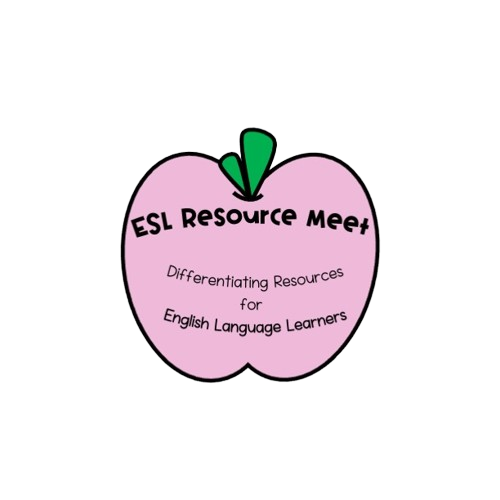


















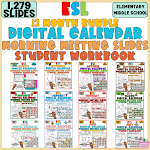


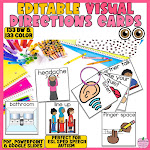













































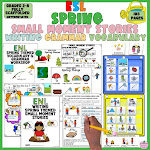




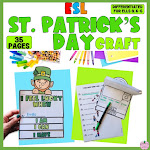
















































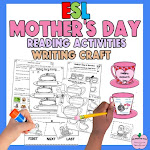
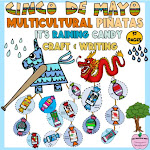
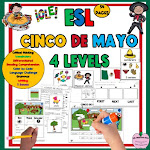
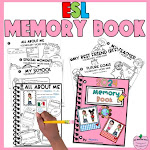




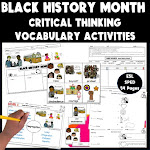
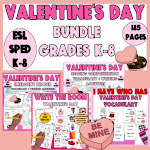
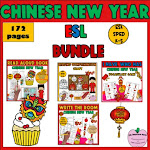

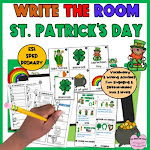
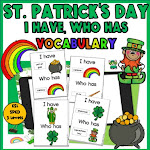
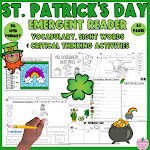



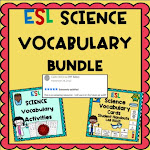




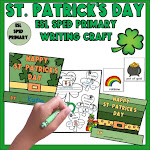

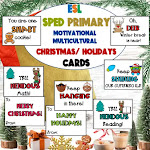


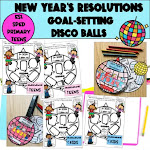
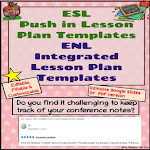




0 Comments